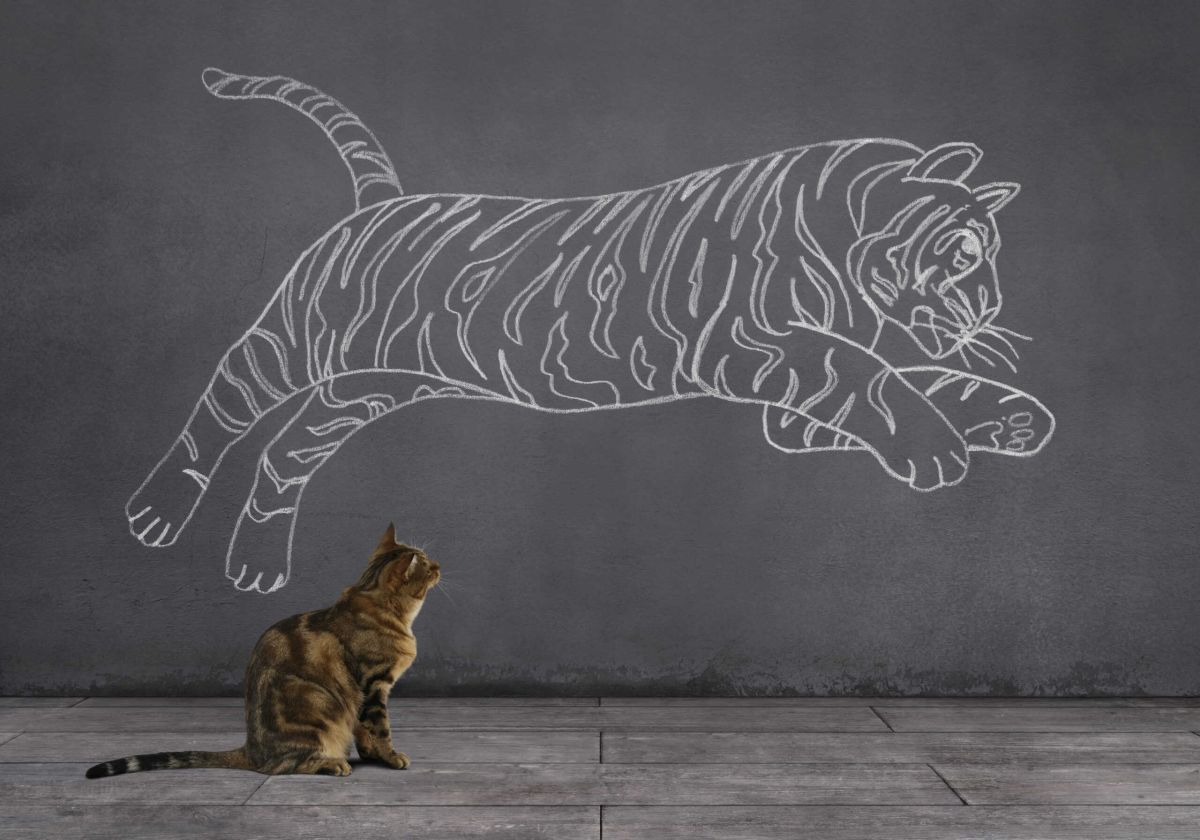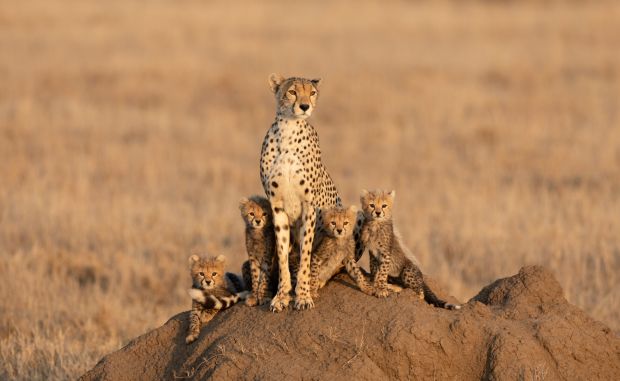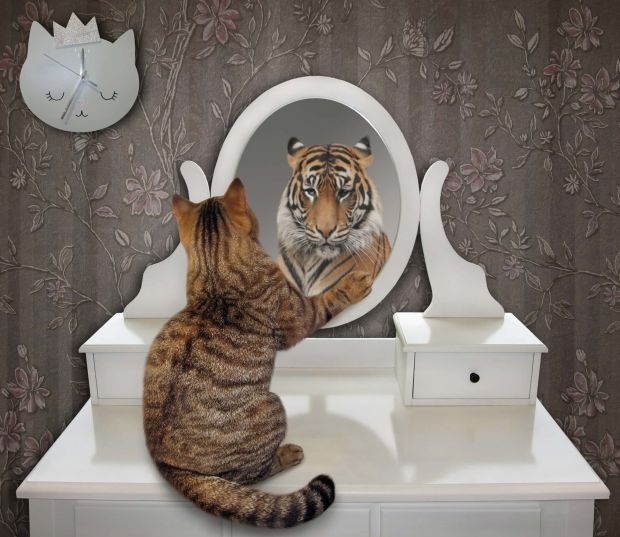Evolution of the Domesticated Cat

Cats have captivated human hearts and homes for thousands of years. But where did our beloved feline companions come from, and how have they evolved? All domestic cats, whether your playful tabby, sleek Siamese, or the majestic tiger, belong to the same family of animals: the Felidae family. Delving into their evolutionary journey reveals fascinating insights into the origins and development of our modern-day pets.
The Ancient Days of the Felidae Family
Cats first began to evolve approximately 25 million years ago. This long journey has led them to become some of the most highly developed carnivorous hunters among mammals. The oldest known cat lineage is the Panthera genus, which diverged from a common ancestor around 10.8 million years ago. This lineage includes the big cats we recognize today, such as:
- Tigers (Panthera tigris)
- Panthers (Panthera pardus)
- Lions (Panthera leo)
Of these, tigers were among the earliest to adapt and spread across various environments. They have successfully thrived in extreme climates, from the -40 degrees Celsius nights of Siberia to the +40 degrees Celsius swamps of the Sundarbans, showcasing their extraordinary adaptability.
The Emergence of the Felis Genus
As the Felidae family continued to evolve, various branches developed, leading to the emergence of the Felis genus around 3.4 million years ago. This group encompasses:
- Wildcats (Felis silvestris)
- Jungle cats (Felis chaus)
- Domestic cats (Felis catus)
Our domestic companions, the common house cat, are most closely related to the African wildcat (Felis silvestris lybica). Given that these species diverged relatively recently in evolutionary terms, their genetic makeup is strikingly similar. They share behaviors like solitary hunting and territoriality. Additionally, domestic cats can interbreed with other subspecies like the Scottish wildcat (Felis silvestris grampia), further demonstrating their shared lineage.
Common Ancestry and Genetic Connection
Both domestic cats and tigers share a common ancestor that lived about 10.8 million years ago, and intriguingly, they share approximately 95.6% of their DNA. Although they have adapted to vastly different lifestyles, the similarities between these felines are remarkable.
5 Similarities Between Domestic Cats and Tigers
- Similar Body Shape
Although they differ immensely in size—tigers can weigh up to 300 kilograms (661 pounds), while Maine Coons, the largest domestic cat breed, weigh around 8 kilograms (18 pounds)—they share a strong, supple body shape, long tails for balance, sharp teeth, and retractable claws, all adapted for hunting.
- Obligate Carnivores
Both tigers and domestic cats are obligate carnivores, meaning they rely on meat in their diet. This dietary requirement is rooted in the need for specific nutrients, such as taurine and arginine, essential for health. Despite the convenience of commercially available cat food, domestic cats retain a strong instinct to hunt.
- Territorial Scent Marking
Territory is critical to both tigers and domestic cats. They communicate their presence and establish boundaries through scent marking. This can involve urine spraying, rubbing their facial scent glands on objects, and scratching—behaviors that require careful management in a household setting.
- Solitary Nature
Aside from lions, which are unique in forming social groups, most felids prefer solitude, often coming together only for mating. Their solitary nature results in fewer evolved facial muscles for communication, contrasting sharply with more social animals like dogs.
- Affinity for Boxes
Enrichment practices in zoos have shown that tigers enjoy cardboard boxes just as much as domestic cats do. Providing shelters or hiding spots is crucial for both species as it satisfies their instinctual need for safety and comfort.
The evolution of domesticated cats is a captivating blend of ancient lineage and adaptability. From their wild ancestors to the affectionate pets curled up on our laps today, domestic cats carry the legacy of millions of years of evolution, showcasing a blend of independence, hunting prowess, and fascinating behaviors. Understanding their rich history enriches our appreciation for these complex creatures who have carved a special place in human society.



